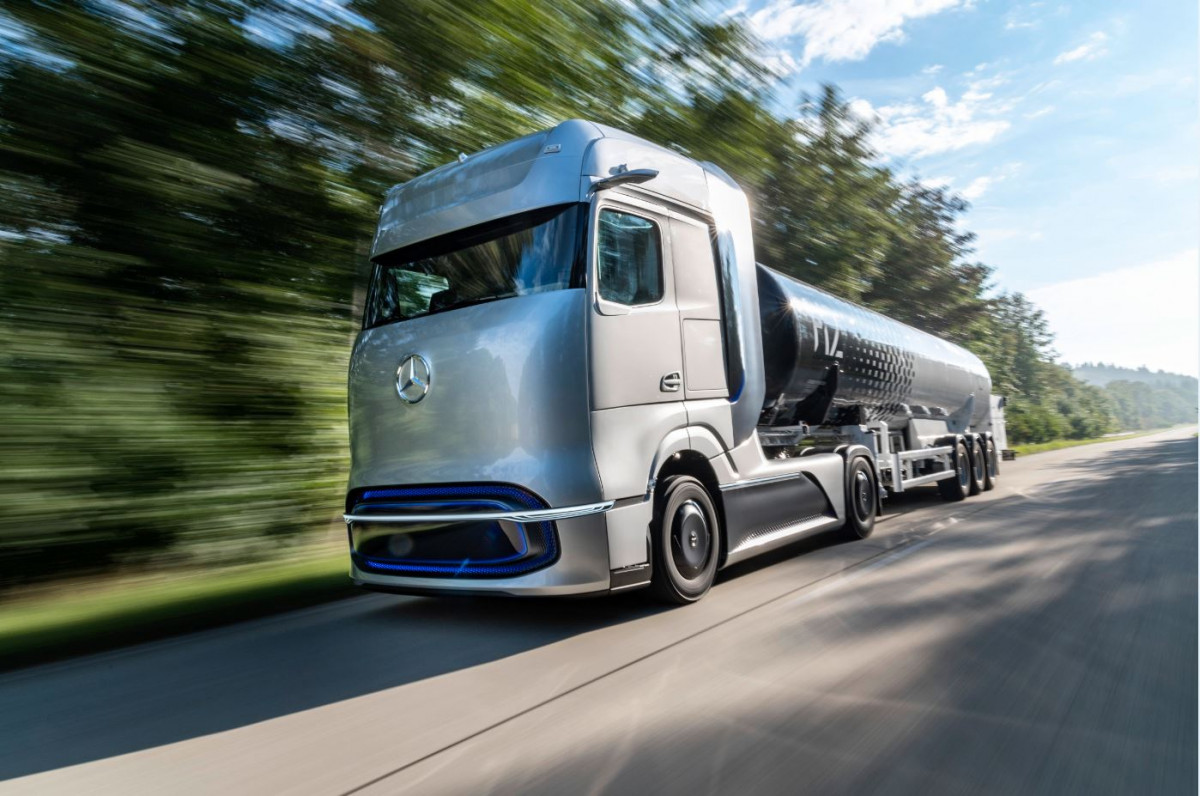
Semi-trailers have become an integral part of the transportation industry, but at what cost to our environment? With their reliance on fossil fuels and carbon emissions, semi-trailers are playing a major role in climate change. But is there a solution that can make semi-trailers more eco-friendly?
In this article, we will explore the environmental impact of semi-trailers and examine potential green solutions for reducing their emissions. We will look into how technology, policy, and infrastructure changes could all play a part in creating a greener future for freight transport. Join us as we investigate whether or not it is possible to achieve environmentally sustainable semi-trucking.
The Search for Sustainable Solutions to Reduce Emissions from Semi-Trailers
The search for sustainable solutions to reduce emissions from semi-trailers is an important global issue. As the world’s population continues to grow, the demand for transportation infrastructure increases with it. Semi-trailers are a major contributor to greenhouse gas emissions and other environmental pollutants, making them a target for green initiatives around the world. To develop effective strategies to reduce emissions from semi-trailers, several approaches can be taken into consideration.
One strategy involves adopting more fuel-efficient designs that use advanced technologies such as hybrid engines or electric powertrains. Another approach focuses on improving operational efficiency by optimizing routes and reducing idle times when possible. Additionally, employing alternative fuels like biodiesel or natural gas in conjunction with existing diesel engines could provide another viable solution for reducing carbon dioxide output from these vehicles.
However, any successful effort towards minimizing environmental impact must also take into account economic viability since the cost is often a deciding factor in the implementation of new policies or technologies related to transportation infrastructure. Fortunately, many of the aforementioned ideas offer potential savings over time due to increased fuel efficiency and reduced maintenance costs while simultaneously helping decrease harmful emissions generated by semi-trucks and trailers alike.
Overall, finding sustainable solutions that make sense economically while still offering positive environmental outcomes can be challenging but not impossible – especially when considering all available options ranging from better engine technology through improved operational practices and even alternative fuel sources as mentioned earlier in this article about The Environmental Impact of Semi-Trailers: Is There a Green Solution?
Alternative Fuels: Potential Benefits and Drawbacks

Source: cleanenergywire.org
Alternative fuels for semi-trailers have become increasingly popular in recent times due to the growing awareness of environmental concerns. While there are many potential benefits to using alternative fuels, it is important to understand both the pros and cons before deciding on whether they are right for your business. The most obvious benefit of using alternative fuel sources is that they can help reduce emissions and air pollution when compared with traditional diesel engines.
This can be especially beneficial if you operate over long distances as emissions from diesel semi-trailers account for a significant proportion of total road transport emissions. Furthermore, some alternative fuels may also require less maintenance than their traditional counterparts, which could potentially lead to cost savings in the long run. However, there are several potential drawbacks associated with switching away from traditional diesel engine systems.
One key issue is that many alternative fuel types tend to be more expensive than regular petrol or diesel engines – meaning upfront costs may be higher than expected when transitioning away from standard power sources. Additionally, there could also be an effect on performance if you switch too abruptly; it’s important to consider how any changes will affect the efficiency of your operations before committing fully. Finally, depending on where you live and work you may need access to special infrastructure or services to make use of certain fuel types – something that needs careful consideration ahead of time as well!
Technologies Aimed at Increasing Fuel Efficiency in Semi-Trailers
Semi-trailers are a major source of emissions and carbon dioxide, with the transportation industry accounting for 28% of all global CO2 emissions. It is therefore essential to identify viable green solutions that reduce the environmental impact of semi-trailers. One such solution lies in the development and implementation of cutting-edge technologies aimed at increasing fuel efficiency in these vehicles. One example is aerodynamic drag reduction technology which uses special devices to reduce air resistance on trucks.
This allows them to move more efficiently through air, thus using less energy than usual while still maintaining speed and performance. Another fuel-efficient technology involves retrofitting existing engines with advanced components designed to maximize their output while also reducing their consumption rate. Additionally, there are hybrid engine systems that use both electric power and internal combustion engines which can help increase fuel efficiency by up to 30%.
Finally, emerging trends such as platooning – in which several semi-trailer units ‘draft’ one another like a school of fish – can further improve truck fuel economy by up to 10 % by reducing wind resistance between each unit. By combining these various technologies it will be possible for semi-trucks to operate much more efficiently than ever before, leading toward greener and more sustainable transport solutions across the world.
Final Considerations on the Greening of the Transport Industry

Source: iopscience.iop.org
The greening of the transport industry is a crucial step in reducing its environmental impact. As semi-trailers are a major source of emissions, this process must include them if it is to be successful. Fortunately, there are several potential solutions for making semi-trailers greener and more sustainable. However, before any solution can be implemented, it must first be assessed on whether or not it will have a positive effect on the environment and society as a whole.
When looking at final considerations for greening the transport industry through semi-trailers, various external factors need to be taken into account such as budget constraints, technological advances, and public opinion. Additionally, one must consider how large-scale adoption would affect other parts of the supply chain such as logistics networks and production lines.
Furthermore, research should also look into ways to increase efficiency while adhering to current regulations surrounding air pollution levels from transporting goods with heavy vehicles like semi-trailers. Ultimately when making decisions about greening the transport industry we must take all these considerations into account to ensure that we make an informed decision that benefits both our environment and economy in equal measure.



